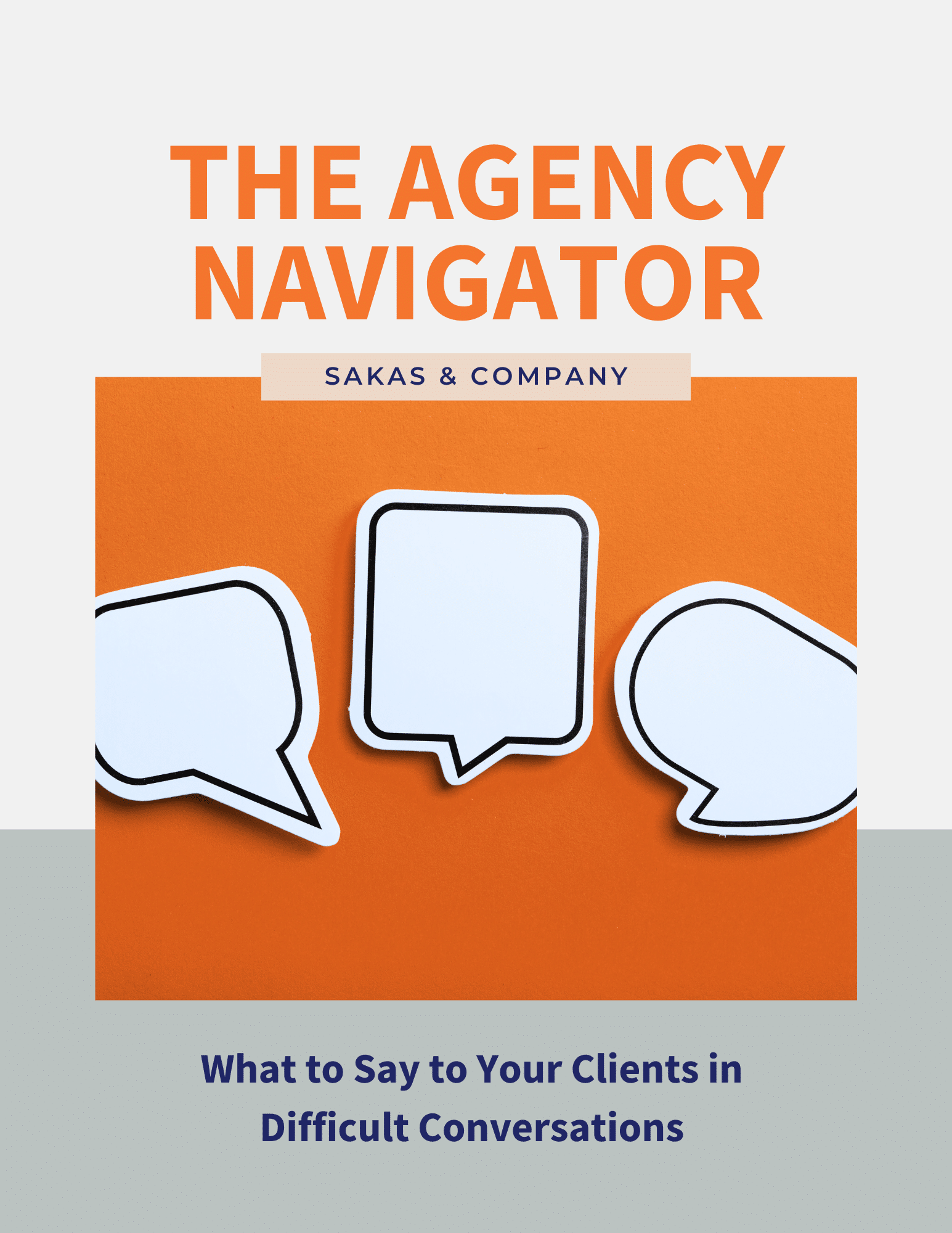Want to increase your marketing agency’s revenues? Start by offering—or expanding—training services in your business model!
As I described last year, all agency services fit into one three categories: Think (strategy), Teach (training & empowerment), and Do (implementation). In my experience, most agencies are missing opportunities related to training.
Training is where the client is saying, “Teach us how to do it.” It’s a situation where they want to do something themselves, but they don’t know how to do it. Whether they’re hiring a new team or they want to upgrade their existing people, the client’s ultimate goal is to become self-sufficient.
Agencies often feel threatened by clients who want to do things themselves. You shouldn’t feel threatened, for two reasons:
- If clients really want to take things in-house, you’re not going to stop them.
- If the shift is ultimately inevitable, why not get paid for the transition?
For example, if a client has hired some new employees, you could train the newbies to get them up to speed. Some examples of training including private workshops, webinars, videos, tutorials, and leadership coaching. Training might be live or recorded.
Let’s look at the pros and cons of offering some form of training as a service at your agency.
Upside: The “pros” to offering Training-related services at your agency
You’ll find some of your clients eventually say, “we want to do this in-house.” They may have decided this themselves, or there may be a new corporate mandate to do things in-house.
By offering training services, you have a chance to make money from the change. And you have time to adjust to losing the revenue from your strategy and/or implementation work. In my experience, clients need longer for the transition than they originally planned—this usually means more revenue for you.
Helping a client take web development in-house
At a previous agency, I worked with a client that had a huge monthly retainer. They shared that they were planning to take the development work in-house, by hiring several developers to do the work the agency was doing. This switch made sense, given their particular circumstances.
The client’s original plan was hire some new people and transition over so they’d be doing 100% of development in-house within six months. The client found that hiring the people was more complicated than just having an agency do it.
It ultimately took a year-and-a-half to fully transition things. That worked out pretty well—the agency got paid to do implementation and got paid to train the client’s new team.
Be the hero: Helping them recruit
Anecdotally, I find agencies’ clients tend to hire people who aren’t as competent as the agencies’ employees. My favorite was a supposed front-end developer who’d never heard of in-browser debugging tools.
If clients want your help in recruiting, you can help them screen people on a paid basis. And if clients make a poor hire, you can provide remedial training to the new person.
Want to finally “create a product?” Training is a product!
When you create training materials, they’re reusable. If you train one client on a particular thing, odds are good that you could sell that training to other clients. There’s potential for residual income—revenue that’s not tied to providing a specific hour of work.
Training materials can help you meet the theoretical goal of “making money while you sleep.”
Downside: The “cons” to offering Training-related services at your agency
The major downside to training as an agency service is that it requires non-billable research and development (R&D) time. Unlike doing work for a paying client, there’s rarely a guarantee that you can get paid for creating and presenting the training.
Committing R&D time, without a guaranteed payout
You have to commit time to creating the training, without knowing if it’ll pay off. That’s true whether you’re creating a video, live training, written materials, or training in another format.
If a particular client has hired you to create a training course, then you know it’ll pay off because they’re paying you. But if you’re creating general products for a general market—even if it’s on a fairly targeted topic—you don’t know if it’s going to work or not.
Be careful: Manage training expectations during the sales process
Clients will expect a certain amount of training when they hire your agency. You’ll have to navigate what you include vs. what’s extra.
For instance, if you know the client is hiring new employees who won’t start ’til after you launch a particular project, you should recommend a budget to repeat the training for them. If the client declines the training work up front, that’s OK—if they ask for the training later, it’s going to be more clear that it’s going to cost extra.
You’ll also want to be clear with clients about what documentation they get, versus what would be custom training.
Free vs. for-pay documentation
In general, I recommend creating off-the-shelf documentation and providing that as a free (no additional cost) item in the product itself. If you don’t provide basic “how-to” documentation, clients don’t respond well—they’ll feel like you sold them a car and are trying to charge them extra for the owner’s manual. But not everything needs to be free.
Keep an eye on scope. For instance, perhaps you planned to give a client an annotated list of data fields in their new marketing automation system. If the client later decides they want step-by-step training on how to do several unusual procedures in the system, I’d consider that a scope expansion. That’s especially true if the client needs customized training because some trainees are experts and others are beginners.
Training as a service: Applying this at your agency
Think about how you can expand your services by offering training. The easiest place to start is to look at your emails—when clients have asked questions, what did you send them in response? Those answers can be the basis of future training products.
Question: What training services do you offer at your agency?


